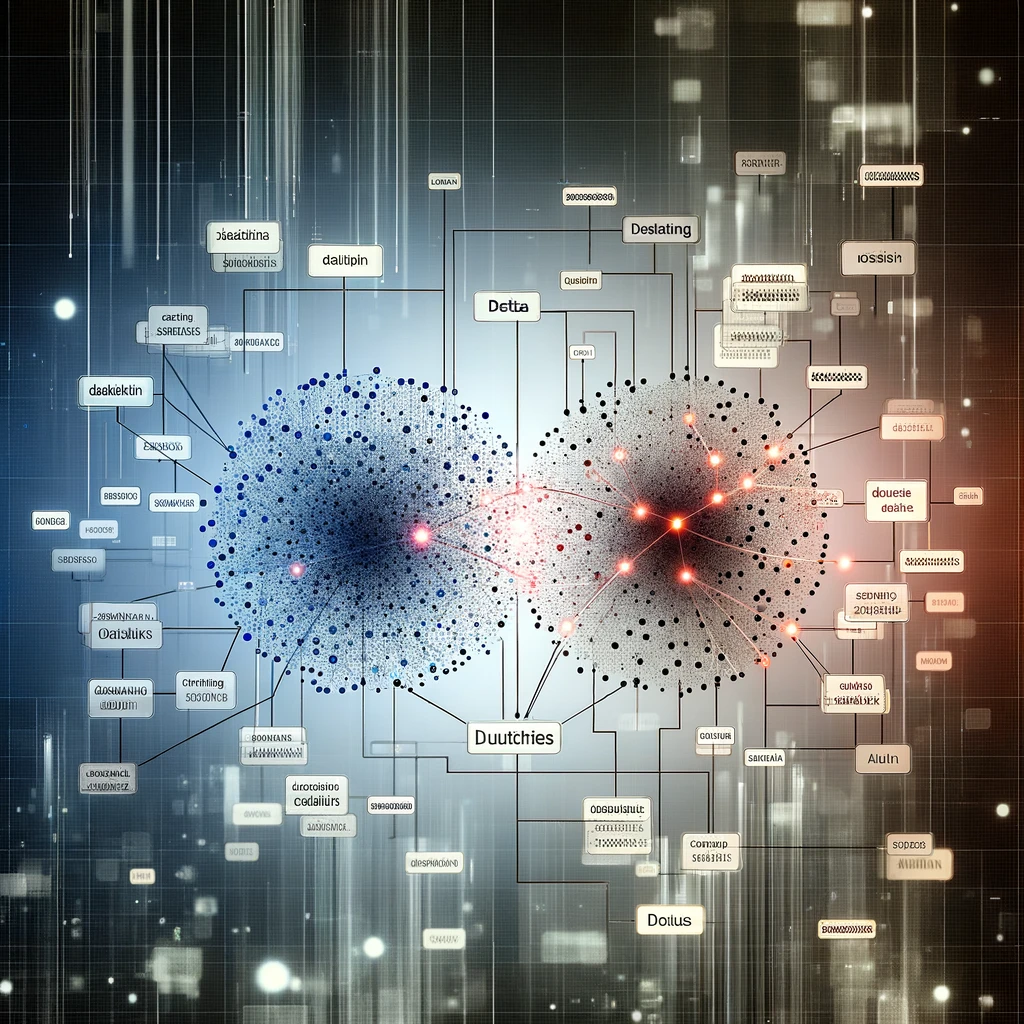Entity Resolution (ER) is a crucial process in data management and analysis, aimed at identifying, linking, and merging records from one or multiple databases that refer to the same entities. As organizations increasingly rely on vast amounts of data from diverse sources, the need for accurate entity resolution has never been more critical. This blog post delves into the fundamentals of entity resolution, its challenges, techniques, and its significance in various fields.
Understanding Entity Resolution

Entity Resolution, also known as record linkage or data deduplication, involves determining whether different records refer to the same entity, despite variations in representation, errors, or incomplete information. This process is fundamental in creating a unified view of data, enhancing its quality, and making it more actionable for decision-making processes.
The Challenges of Entity Resolution
- Data Diversity: Data can come from various sources, each with its format, structure, and level of quality. Harmonizing this data to a common standard is a significant challenge.
- Data Quality: Inconsistencies, errors, and missing values in data can complicate the process of accurately matching records.
- Scalability: With the exponential growth of data, ER solutions must efficiently process large volumes of records without compromising accuracy.
- Complexity of Matching Criteria: Deciding on the matching criteria that accurately identify records as referring to the same entity involves sophisticated rules, algorithms, and sometimes, machine learning models.
Here’s IBM’s analysis of the same: https://www.ibm.com/docs/en/iii/9.0.0?topic=insight-entity-resolution
Techniques for Entity Resolution

Entity Resolution techniques can be broadly categorized into deterministic and probabilistic methods:
1. Deterministic Methods: These involve applying specific rules for matching records. If records meet these predefined criteria, they are considered to refer to the same entity. For example, two records could be matched if their names, birth dates, and social security numbers are identical.
2. Probabilistic Methods: These methods estimate the likelihood of records referring to the same entity based on statistical models. They are particularly useful in dealing with uncertainties and partial matches in the data.
3. Machine Learning Approaches: Recent advancements have introduced machine learning models, including supervised, unsupervised, and semi-supervised learning, to improve the accuracy and efficiency of entity resolution. These models can learn from examples to identify complex patterns and relationships in the data that may indicate matches.
Applications of Entity Resolution
The applications of entity resolution span across various domains, reflecting its significance in both operational and analytical contexts:
– Healthcare: Consolidating patient records from different sources to provide a single view, essential for accurate diagnosis, treatment, and research.
– Finance: Identifying and linking customer records across databases to detect fraud, ensure compliance, and personalize services.
– Retail: Merging customer data from different channels for a unified customer view, enabling targeted marketing and improved customer service.
– Government: Integrating records from different departments to enhance service delivery, policy making, and ensuring the integrity of public records.
Curious about data matching in Entity Resolution? Check this out:
Entity Resolution with Data Matching
Integrating Advanced Technologies in Entity Resolution
The integration of advanced technologies such as Artificial Intelligence (AI) and Big Data analytics into ER processes is revolutionizing the way entities are resolved across vast datasets. AI, particularly through its machine learning and natural language processing capabilities, can significantly enhance the accuracy and efficiency of entity resolution. For instance, machine learning algorithms can be trained on vast datasets to recognize patterns and anomalies in data that human operators might miss, thereby reducing errors in entity matching.
Big Data analytics tools can process and analyze large volumes of data in real-time, facilitating the identification of duplicate or related records across disparate data sources. This capability is critical in sectors like e-commerce and cybersecurity, where the timely resolution of entities can directly impact business outcomes and security posture.
The Future of Entity Resolution

Looking ahead, the future of entity resolution lies in the further development and integration of AI and Big Data technologies. These advancements will likely focus on improving the scalability and adaptability of ER solutions to handle increasingly complex data landscapes. As entities become more digitally interconnected, the ability to accurately and efficiently resolve entities across diverse and evolving datasets will be paramount.
Moreover, there is a growing trend towards the democratization of ER tools, with cloud-based platforms offering more accessible and user-friendly solutions. These platforms enable organizations of all sizes to leverage the power of advanced ER techniques without the need for significant investment in IT infrastructure and specialized skills.
Privacy and security also remain at the forefront of ER evolution. With increasing concerns about data privacy and protection regulations, future ER solutions will need to balance the efficiency of data integration with the imperative to safeguard sensitive information. This could lead to the development of more sophisticated anonymization and encryption techniques within the ER process.
The field of Entity Resolution is at a critical juncture, with the potential for transformative advancements in technology offering new opportunities to enhance data management practices. By embracing AI, Big Data analytics, and cloud computing, organizations can achieve higher levels of accuracy, efficiency, and scalability in their ER efforts. As we look to the future, the continued evolution of ER technologies and methodologies will play a critical role in enabling organizations to harness the full potential of their data, driving innovation and creating value in an increasingly data-driven world.
